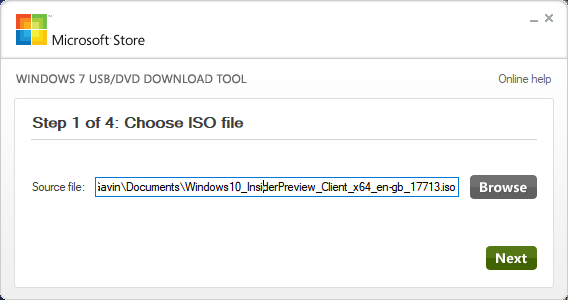

At first I thought I’d simply use the spare drive for backups or ad hoc storage, but then I recalled that ages ago I’d explored the idea of being able to simply plug the operating system of my choice into the USB port of a computer or laptop, and boot whatever flavor of OS I cared to. I recently upgraded the SSD in my main desktop computer and found myself with a spare 512GB M.2 NVMe SSD.

Original Post: So this turned out to be fun, and productive - on several levels. Update: 07-02-2021 - C.S.Cameron posted this to - Although I've not tested this yet - it's a great post and appears to support both UEFI and older BIOS/MBR configurations. (Note that I'm not in anyway affiliated with TDBT, nor do I have an affiliate link with Amazon.) The cables that came with the TDBT enclosure work fine. The only caveat so far is that a Belkin USB-C cable I have here refused to recognize the TDBT device. The enclosure, installation instructions, parts, are all top quality and the heat sink works. I've since switched to the TDBT M.2 NVMe SSD Enclosure (using the JMicron JMS583 controller), which is working great.

I was having difficulty removing all partitions from the drive under Ubuntu using GParted - with GParted freezing on device re-scan. I was using a the 'Plugable Tool-Free NVMe' enclosure, but started to have difficulties with the Realtek RTL9210 controller and/or their USB cables. Update: 17-08-2020 - a few people have asked which NVMe external enclosure I'm using in the photo above.


 0 kommentar(er)
0 kommentar(er)
